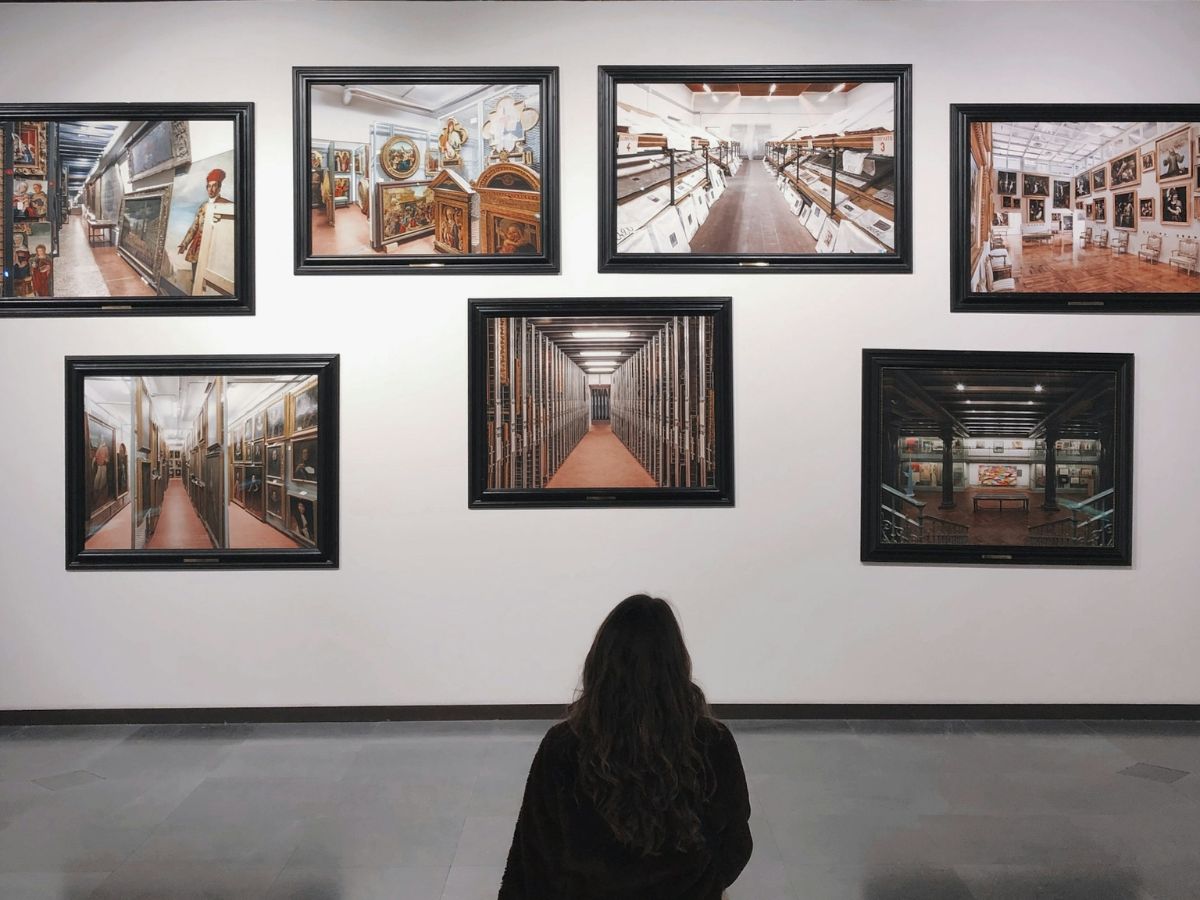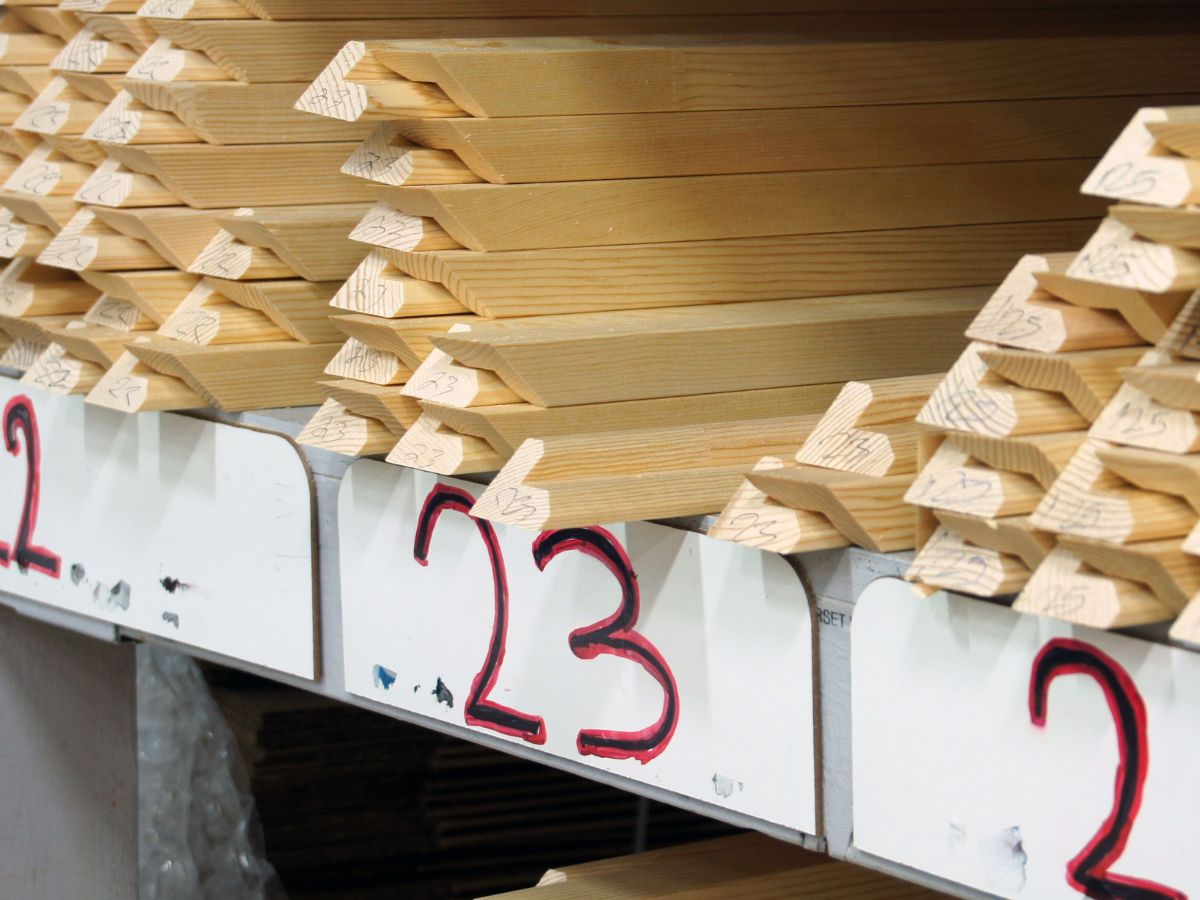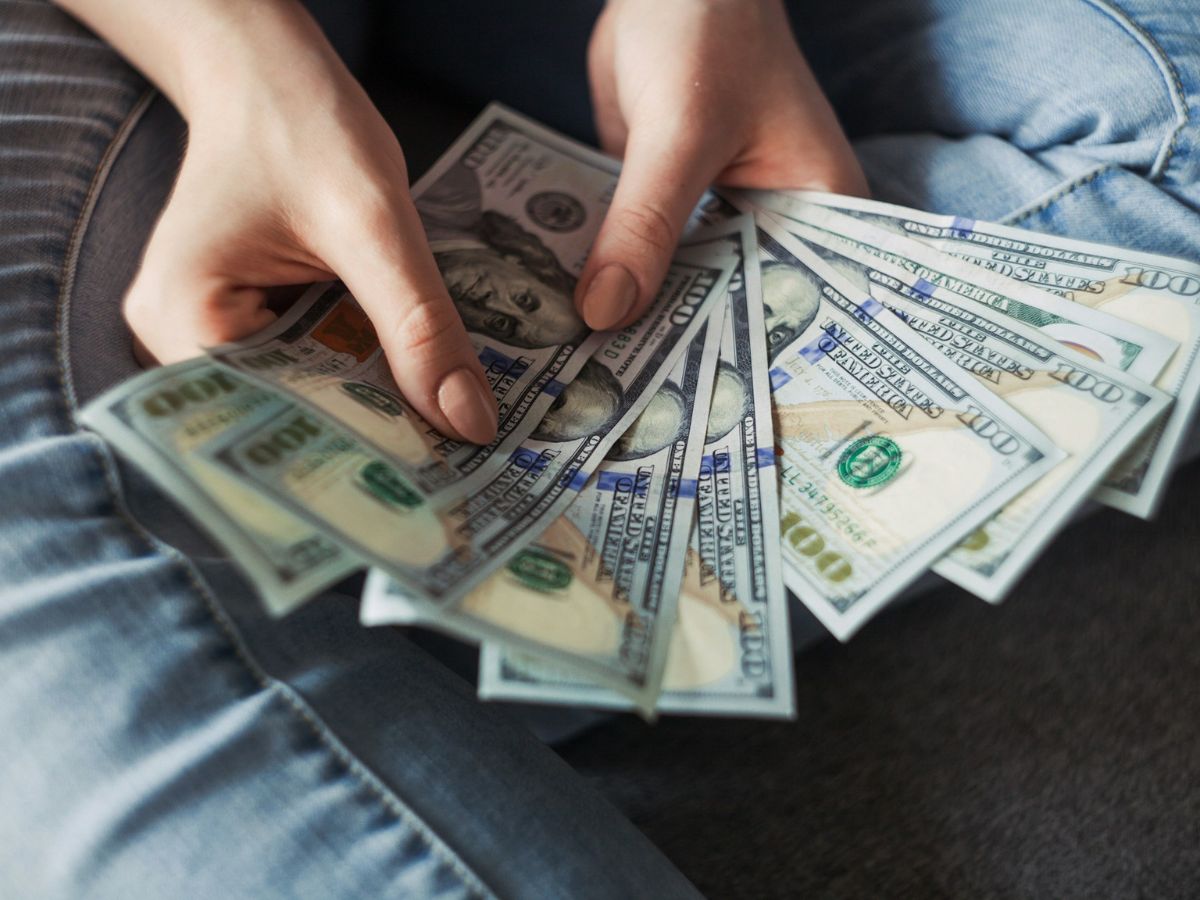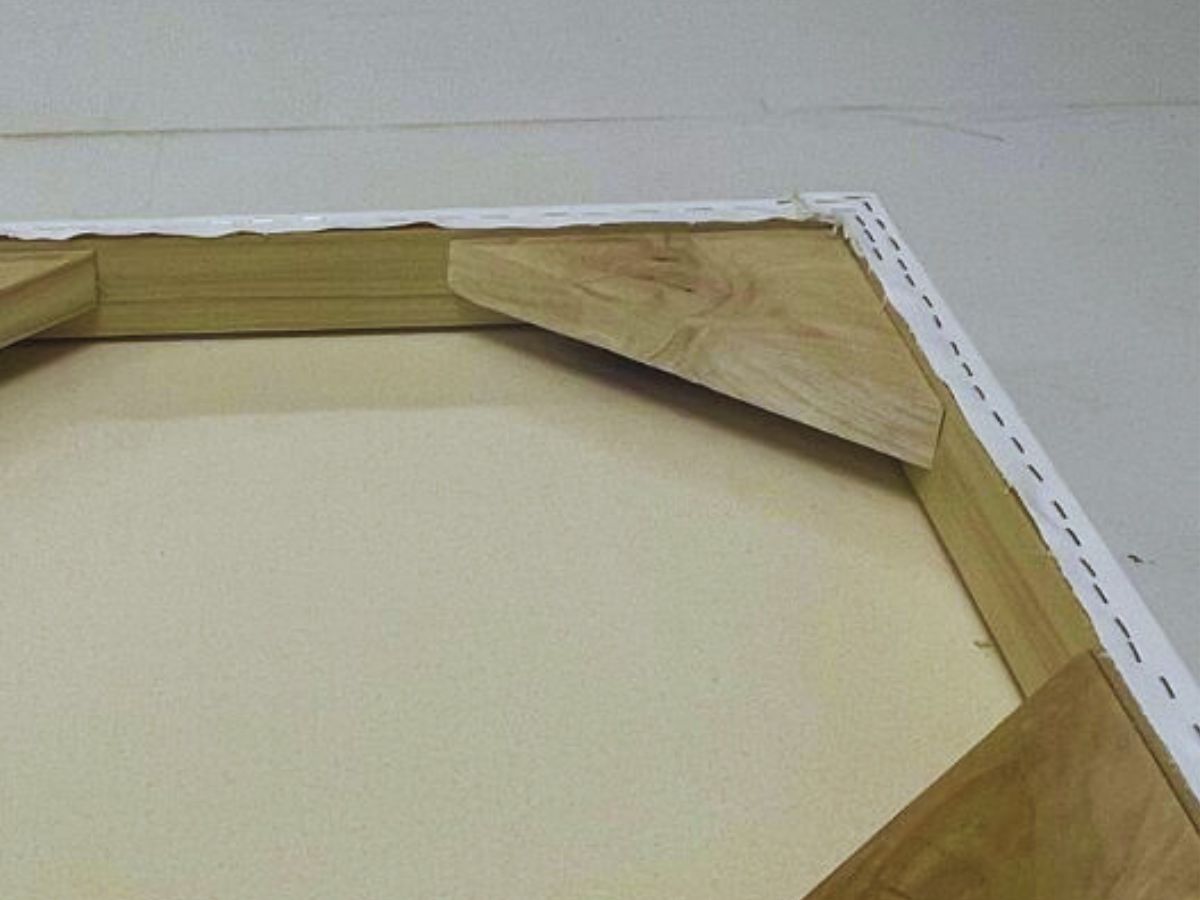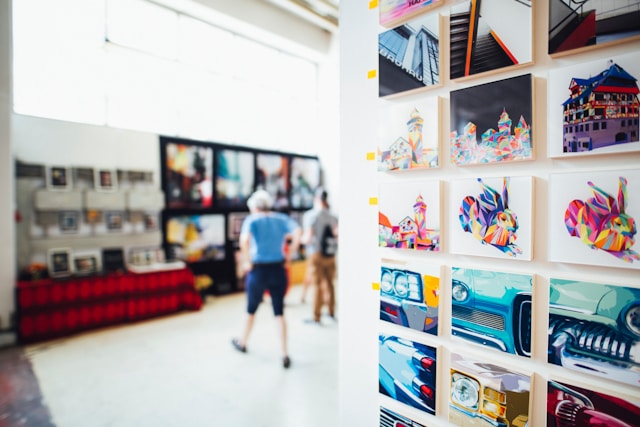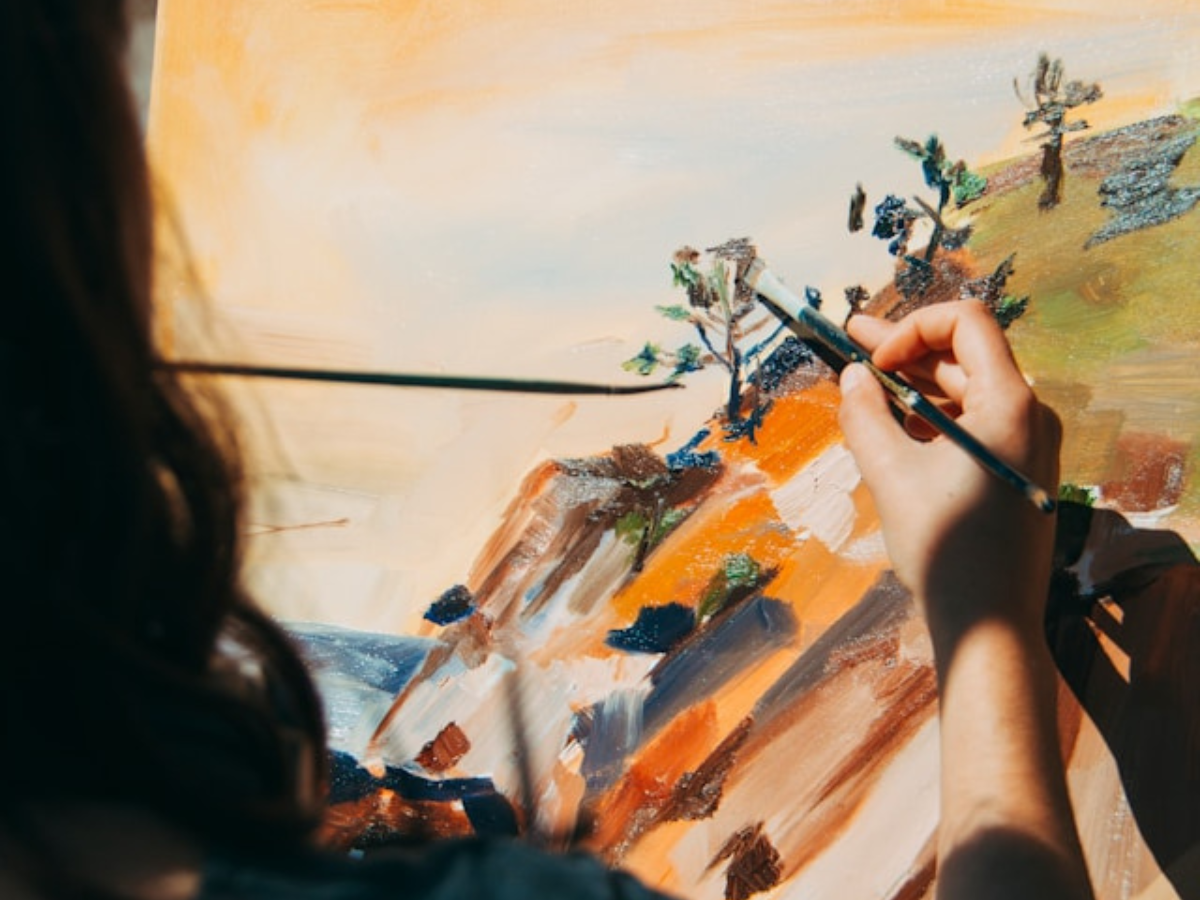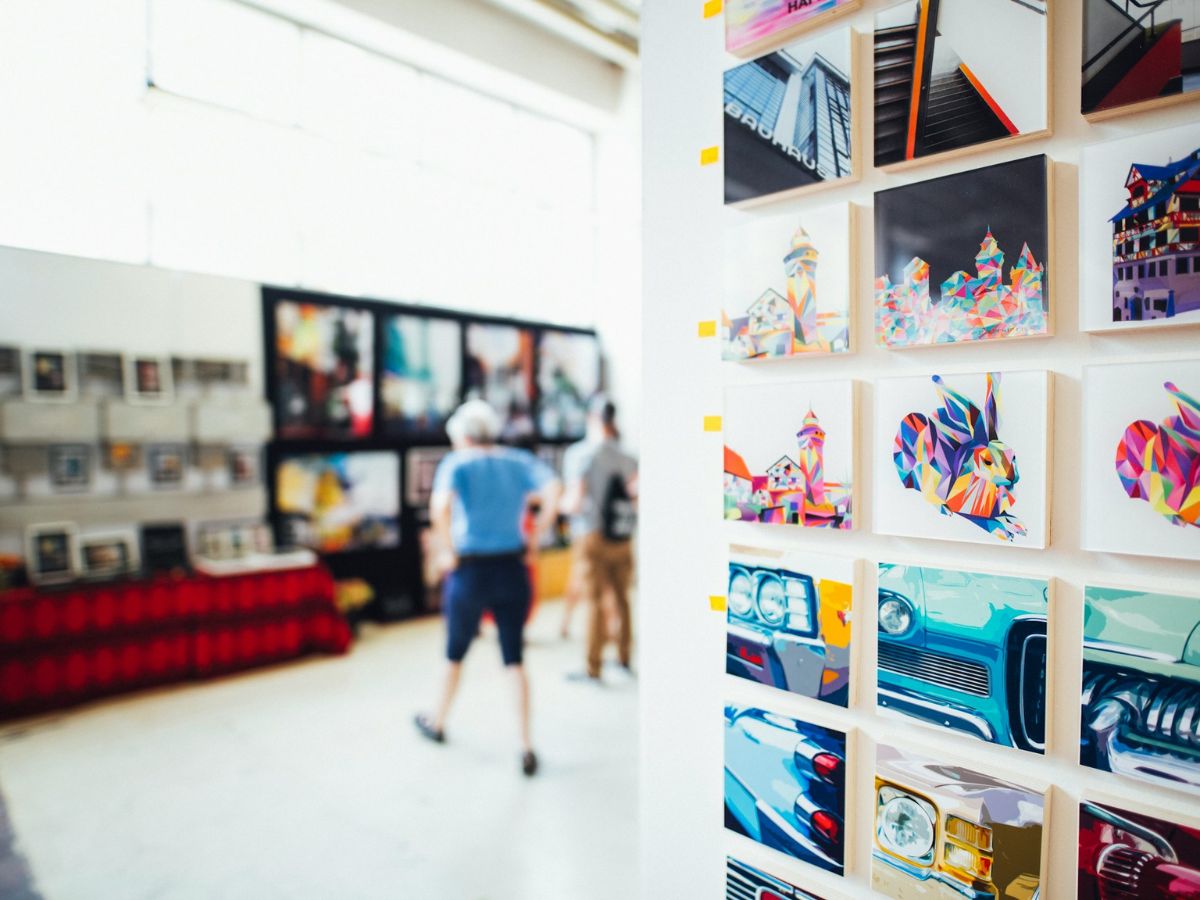
Why Is It Important to Get Your Work in a Gallery? Here are 6 Reasons
For many artists, the pinnacle of success is seeing their work displayed in a prestigious gallery. While the art world offers numerous ways to showcase and sell artwork, securing a spot in a gallery remains a highly coveted achievement. Here are several compelling reasons why getting your work in a gallery is important.
